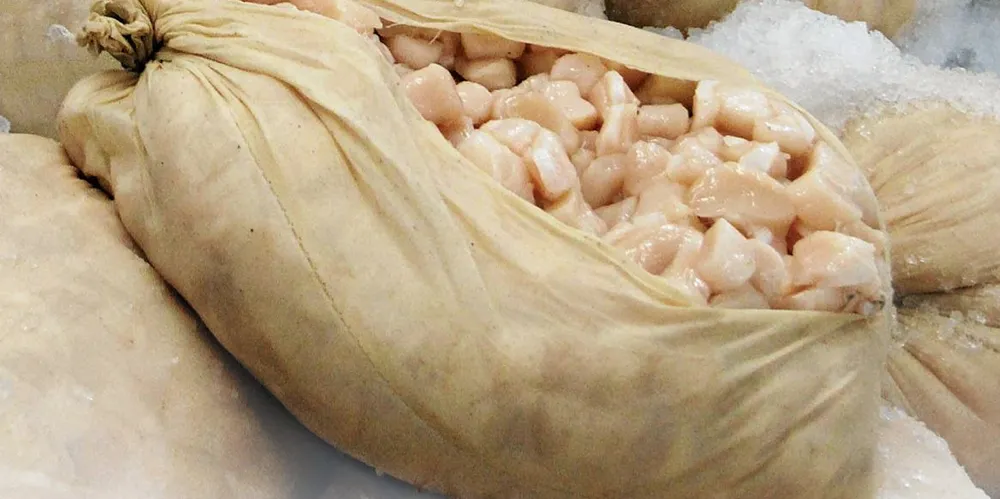The days of panic-buying are over for scallops on the US market, industry experts say
'This scallop season has been unlike any other, and I've been doing this for 30 years,' one top purchaser told IntraFish.

'This scallop season has been unlike any other, and I've been doing this for 30 years,' one top purchaser told IntraFish.
